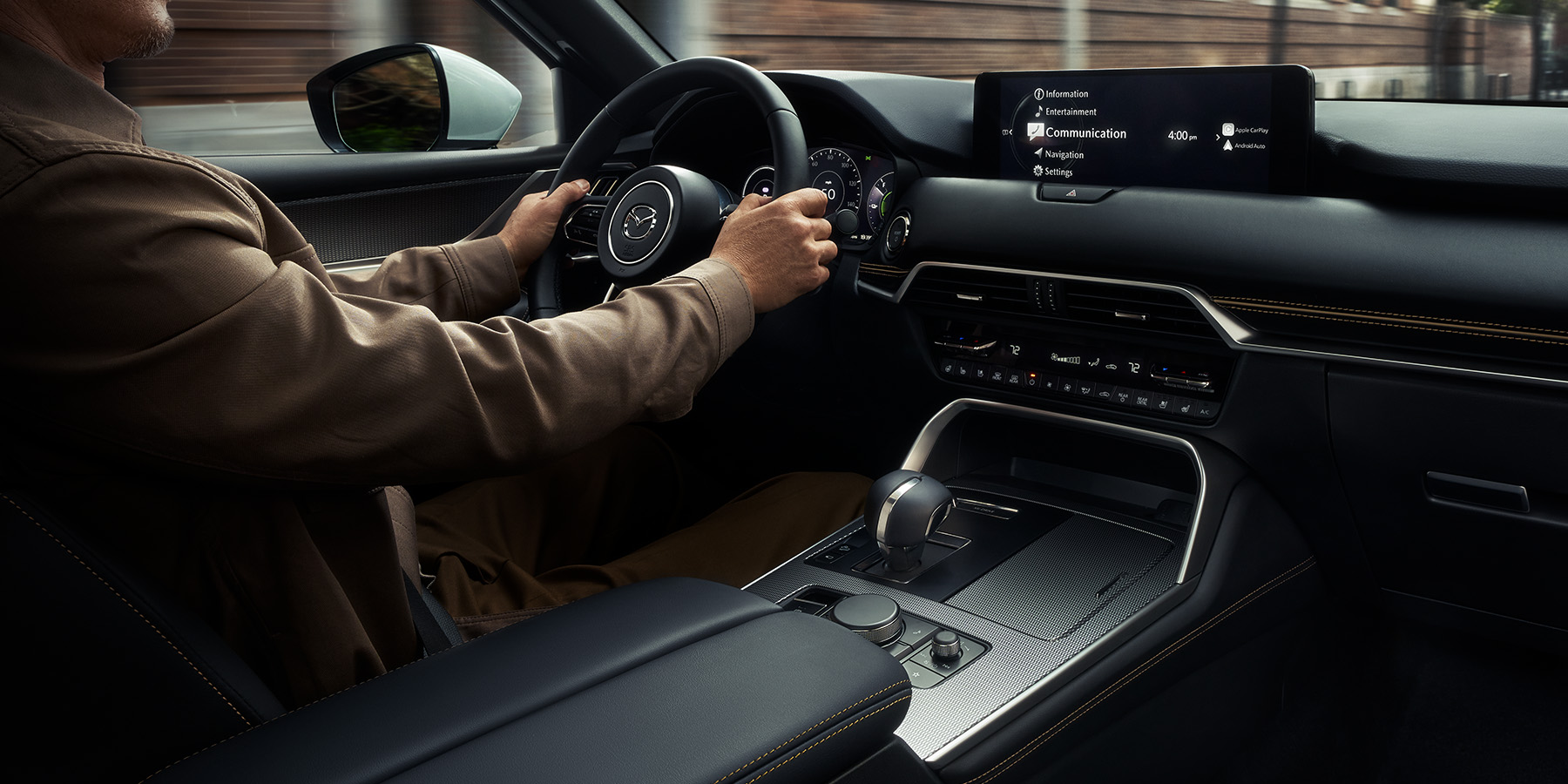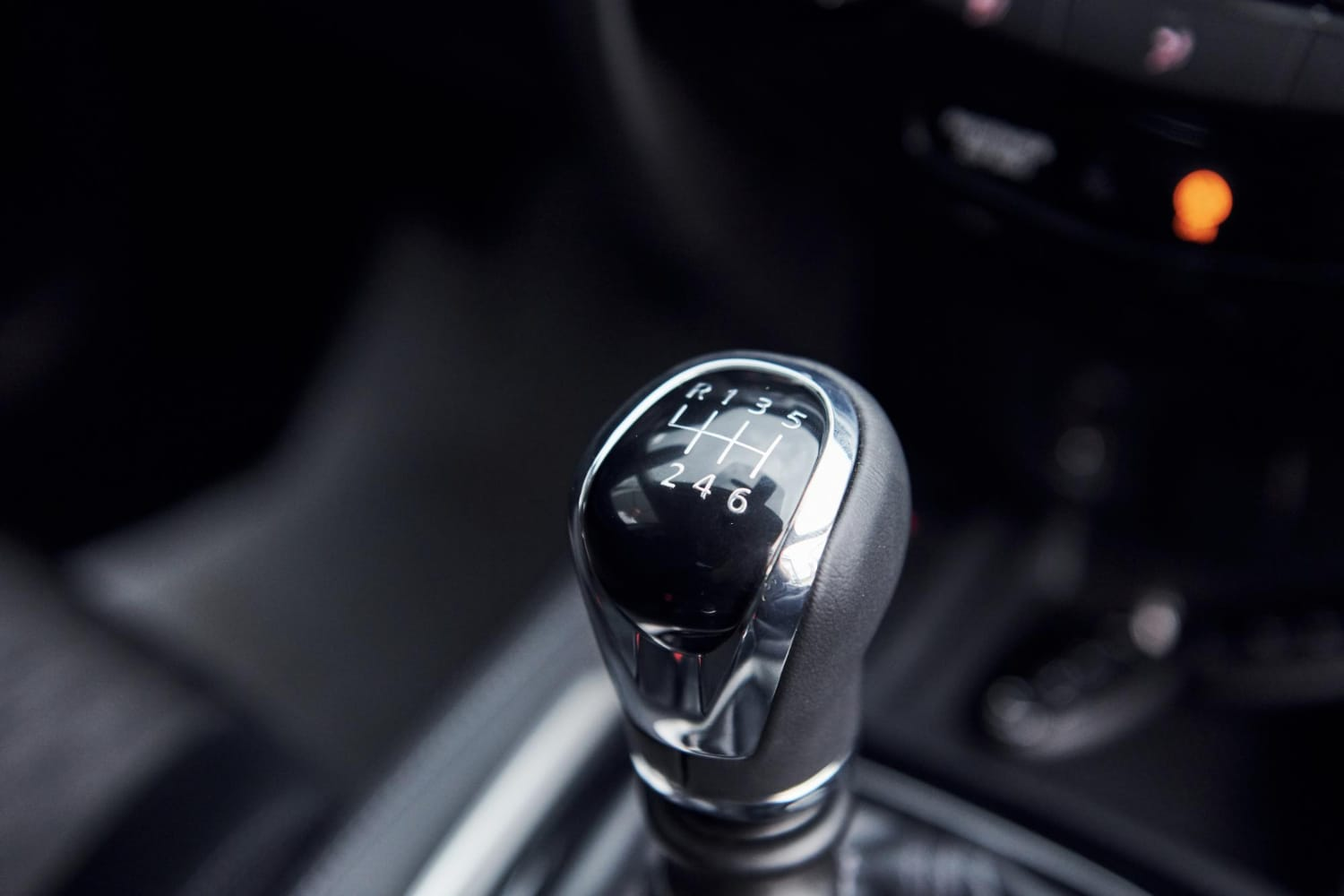
Sport Utility Vehicles (SUVs) have undergone a remarkable transformation since their inception, evolving from rugged, utilitarian vehicles to sophisticated, luxurious crossovers that cater to diverse consumer preferences and lifestyles. This evolution reflects changing automotive trends, technological advancements, and shifting consumer demands over the decades.

1. Origins and Utility Focus:
SUVs trace their origins to military and off-road vehicles, designed for rugged terrain and utility purposes. Early models prioritized durability, towing capacity, and off-road capability, making them popular choices for outdoor enthusiasts and professionals requiring robust transportation options. The introduction of four-wheel drive systems further enhanced their versatility, allowing SUVs to navigate challenging terrain and adverse weather conditions with ease.
2. Rise in Popularity and Diversification:
During the 1980s and 1990s, SUVs surged in popularity among mainstream consumers seeking vehicles that combined passenger comfort with off-road capability. Automakers responded by diversifying SUV offerings into various sizes and configurations, from compact models suitable for urban driving to full-size SUVs capable of seating large families and towing heavy loads. This period marked the expansion of SUVs beyond their utilitarian roots into everyday vehicles prized for their versatility and spacious interiors.
3. Shift Towards Luxury and Comfort:
In the early 2000s, SUVs began evolving into luxury vehicles, blending high-end amenities with advanced technology and superior craftsmanship. Luxury SUVs appealed to affluent consumers seeking both performance and prestige, offering features such as premium leather interiors, state-of-the-art entertainment systems, and cutting-edge safety technologies. This shift elevated SUVs from practical family vehicles to symbols of status and sophistication, challenging traditional luxury sedan dominance in the automotive market.
4. Emergence of Crossovers:
The 21st century witnessed the rise of crossover SUVs, which blend the ruggedness of traditional SUVs with the handling and comfort of passenger cars. Crossovers are built on car-based platforms rather than truck-based chassis, prioritizing fuel efficiency, maneuverability, and on-road performance while retaining SUV-like styling and versatility. This evolution responded to consumer preferences for vehicles that offer the elevated seating position and cargo space of SUVs without compromising on everyday drivability and comfort.

5. Technological Advancements:
Modern SUVs and crossovers continue to innovate with advanced technological features that enhance safety, connectivity, and driver assistance. From adaptive cruise control and lane-keeping systems to touchscreen infotainment interfaces and smartphone integration, these technologies redefine the driving experience and set new standards for convenience and entertainment on the road.
Impact and Future Trends:
The evolution of SUVs from utility vehicles to luxury crossovers underscores their enduring appeal and adaptability in the automotive industry. As consumer preferences evolve towards sustainability and electric mobility, automakers are increasingly offering hybrid and electric SUV options that combine efficiency with performance. The future promises further advancements in autonomous driving technology and vehicle connectivity, shaping the next generation of SUVs to meet changing societal needs and environmental expectations.
Conclusion:
The evolution of SUVs from their humble origins as utilitarian vehicles to luxurious crossovers reflects broader shifts in consumer preferences, technological innovation, and automotive design. Whether for off-road adventures, family transportation, or luxury commuting, SUVs continue to evolve to meet diverse needs and preferences in the global automotive market. By embracing innovation and responding to changing demands, SUVs remain integral to the automotive landscape, offering a compelling blend of versatility, comfort, and style for drivers worldwide.





